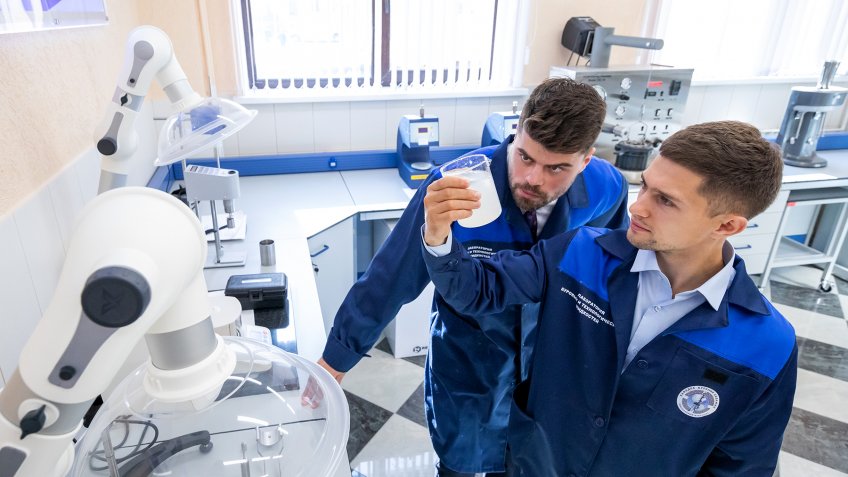Saint Petersburg Mining University has a long history of cooperating with Gazprom, a Russian multinational energy corporation. A new agreement has just been made – university scientists will be working on a unique solution for increasing oil extraction efficiency. The results of their work will be applied at the Kovykta gas condensate field in Eastern Siberia.
High-salinity water may hamper the drilling operation, which is a common situation throughout the world. Therefore, reagents for constructing wells in the presence of polysalt and other aggressive components enjoy high demand. Their primary function is to prevent the fluid from a formation from entering the wellbore since starting production is otherwise impossible.
Abnormal pressures and temperatures, along with several other problems, however, pose significant risks. Solutions may turn into non-pumpable gel too early or, to the contrary, fail to reach the required consistency. This often happens in fields with specific reservoir properties (porosity, etc.) – the Kovykta field amongst them.
"The water shut-off technologies in use do not make allowance for the specificity of Russian deposits and their uniqueness. Hence, our task is not just to develop a solution that will maximise the production potential of one of the world's largest natural gas fields. We also aim to provide a composition that would help increase the extraction efficiency of fossil fuels on a national scale," says Andrey Kunshin, a Mining University researcher.
The university's research team is currently looking into modern types of cement slurry and analysing their drawbacks. It is important because choosing the wrong one could complicate the drilling process and negatively affect production growth.
Building a test facility for dealing with energy challenges is next on the agenda. This project has yet to be patented, but the facility itself will supposedly be second to none in the world – at least, for now.
The site will be used for modelling processes taking place at the bottom of the well, including, in particular, contact with formation fluids or creating additional pressure. Thereby the scientists will learn how the new, improved composition reacts to entering an aggressive environment.
"Pilot testing at the Kovykta field will be the final stage of our work. The tests will be done together with our colleagues from Gazprom VNIIGAZ.
We expect to accomplish this science and technology objective Gazprom has commissioned us for during 12 months. The end product will speed up the time needed for constructing new wells. It will also lower reagent consumption and ensure the industrial and environmental safety of works carried out", notes Dmitry Sidorov, Andrey's colleague.
